According to experts, mobilizing funds requires studying the experiences of countries that have successfully implemented it around the world , and how to take advantage of the huge resources of the people.
Huge resource needs
Deputy Prime Minister Tran Hong Ha has just signed and issued a Plan to implement Conclusion 72 of the Politburo on building a synchronous infrastructure to basically turn our country into a modern industrialized one. This plan clearly states that a project to form an infrastructure development fund will be studied and submitted to the Government for consideration and decision.
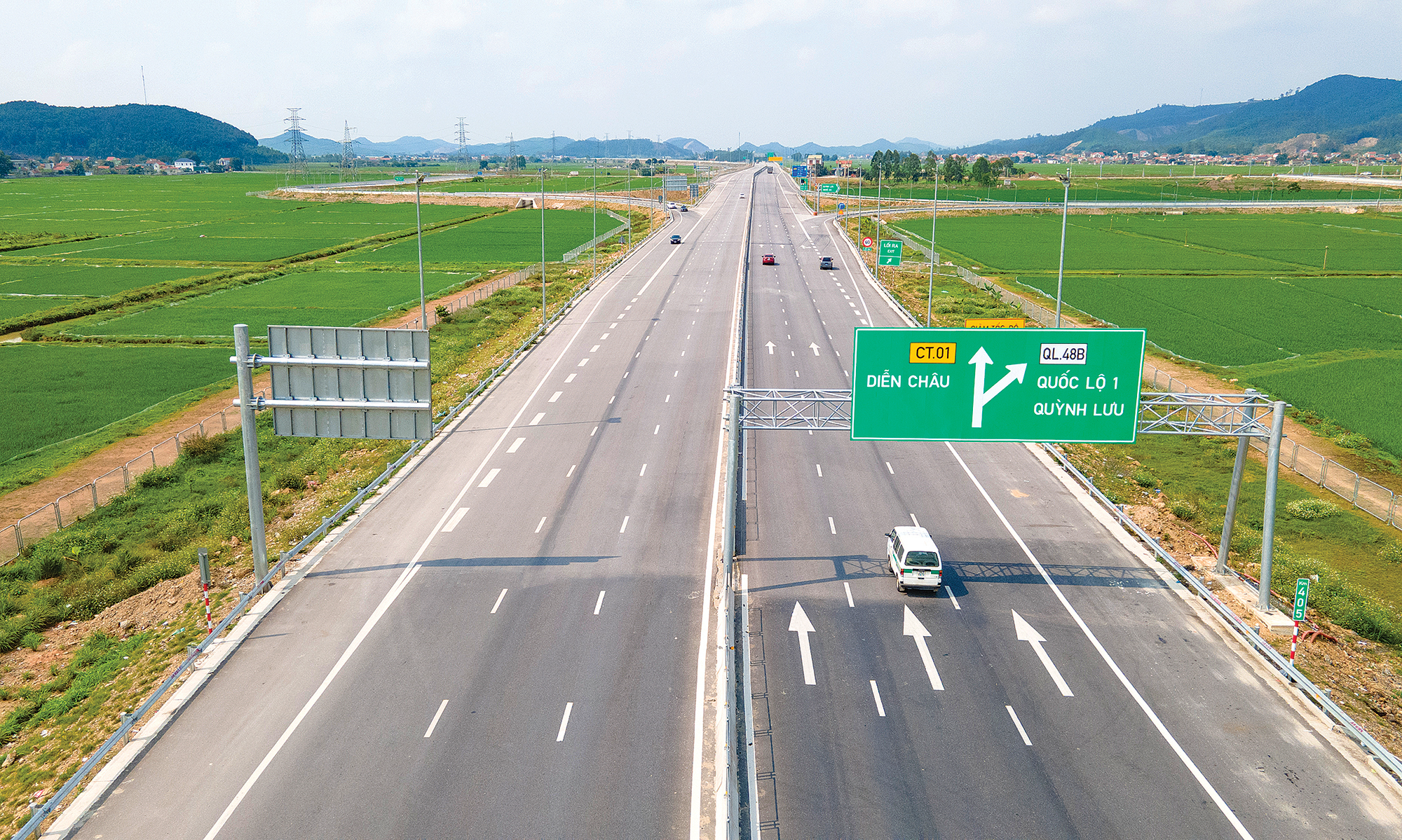
With the budget being tight and the need for investment capital huge, the establishment of an Infrastructure Development Fund is essential. (In photo: North-South Expressway section Nghi Son - Dien Chau). Photo: Ta Hai.
Dr. Khuat Viet Hung, Director of the Institute of Transport Strategy and Development, said that according to the 5 approved Transport Sector Plans (road, railway, maritime, aviation, inland waterway), the total investment capital demand for the planning period 2021-2030 is about more than 2 million billion VND. However, the total capital demand according to the ability to balance resources only meets more than half, about more than 1.1 million billion VND.
This capital source is prioritized for developing transport infrastructure according to the orientation of the Resolution of the 13th National Party Congress, including: Expressway system (especially the North-South Expressway in the East, expressways connecting key and strategic areas), Long Thanh international airport, expansion of Noi Bai international airport, preparation for deploying high-speed railway, important railway routes such as Lao Cai - Hanoi - Hai Phong, Bien Hoa - Vung Tau, seaport system, inland waterway ports.
Based on calculations, it is forecasted that the State budget will be able to meet about 552 trillion VND (equivalent to about 48%). The rest will be mobilized from non-budgetary sources, especially in areas that are attractive to investors such as maritime, aviation and inland waterways.
According to Mr. Hung, in the recent period, with the main source being the State budget, we have focused on investing in the North-South Eastern expressway system with the goal of basically completing it by 2025. After putting into operation the entire 2,063km of the North-South Eastern expressway, the total length of the national expressway system will increase to more than 3,000km, further shortening the completion of the target of 5,000km of expressway.
According to Associate Professor Dr. Tran Chung, Chairman of the Vietnam Road Transport Construction Investors Association (Varsi), in reality, the implementation of transport infrastructure projects in recent times has encountered many difficulties due to investment resources.
For the group of investment projects under the public-private partnership (PPP) method, the requirement is that investors must mobilize other resources along with equity capital to participate in capital contribution with the State for implementation.
Until now, the source of capital mobilized by investors in PPP projects has mainly relied on credit capital from commercial banks. However, using short-term capital for long-term loans faces many risks in projects with long payback periods, making banks increasingly less interested. They only pay great attention to projects with payback periods of 18 years or less.
"However, even if they can borrow, investors still have to pay a high credit interest rate, often ranging from 10.5-11%/year or more," Mr. Chung said, adding that some investors have calculated and come up with many solutions: Syndicate capital from many banks instead of relying on just one bank; mobilize resources in the form of business cooperation contracts (BCC).
Important financial channel
Faced with the above reality, Mr. Khuat Viet Hung said that the establishment of the Infrastructure Development Fund will be an important driving force to mobilize investment resources for the infrastructure system of the economy in general, and the goal of completing 5,000km of expressway by 2030 in particular.
"In the 2026-2030 period, we need to mobilize a huge amount of resources to implement the high-speed railway project, other important railway lines, and metro projects in Hanoi and Ho Chi Minh City. The establishment of the Infrastructure Development Fund is very important," said Mr. Hung.
Sharing the same view, Mr. Tran Chung said that in the context of tight credit capital, the policy of researching the establishment of an Infrastructure Development Fund is very necessary. This is also a model that many developed countries in the world such as the US, UK, South Korea, etc. have successfully implemented.
Similarly, Dr. Le Xuan Nghia, member of the National Financial and Monetary Policy Advisory Council, affirmed that the fund will be an important financial channel for public investment projects as well as projects under the PPP method.
For a long time, capital mobilization for PPP transport infrastructure investment projects has mainly relied on credit capital from commercial banks. Banks mobilize short-term capital to lend long-term, so lending for more than 20 years will be very risky, while many PPP transport projects take decades to recover capital. Therefore, if there is this fund, it will certainly help to overcome difficulties in capital mobilization.
Mobilizing resources from the people
Mr. Tran Chung suggested that to ensure the feasibility of establishing an Infrastructure Development Fund, the competent authority needs to study and develop a specific project. In particular, it is necessary to clarify the following issues: How to mobilize capital? What are the lending mechanisms and conditions? Which project groups are given priority to borrow from this fund?
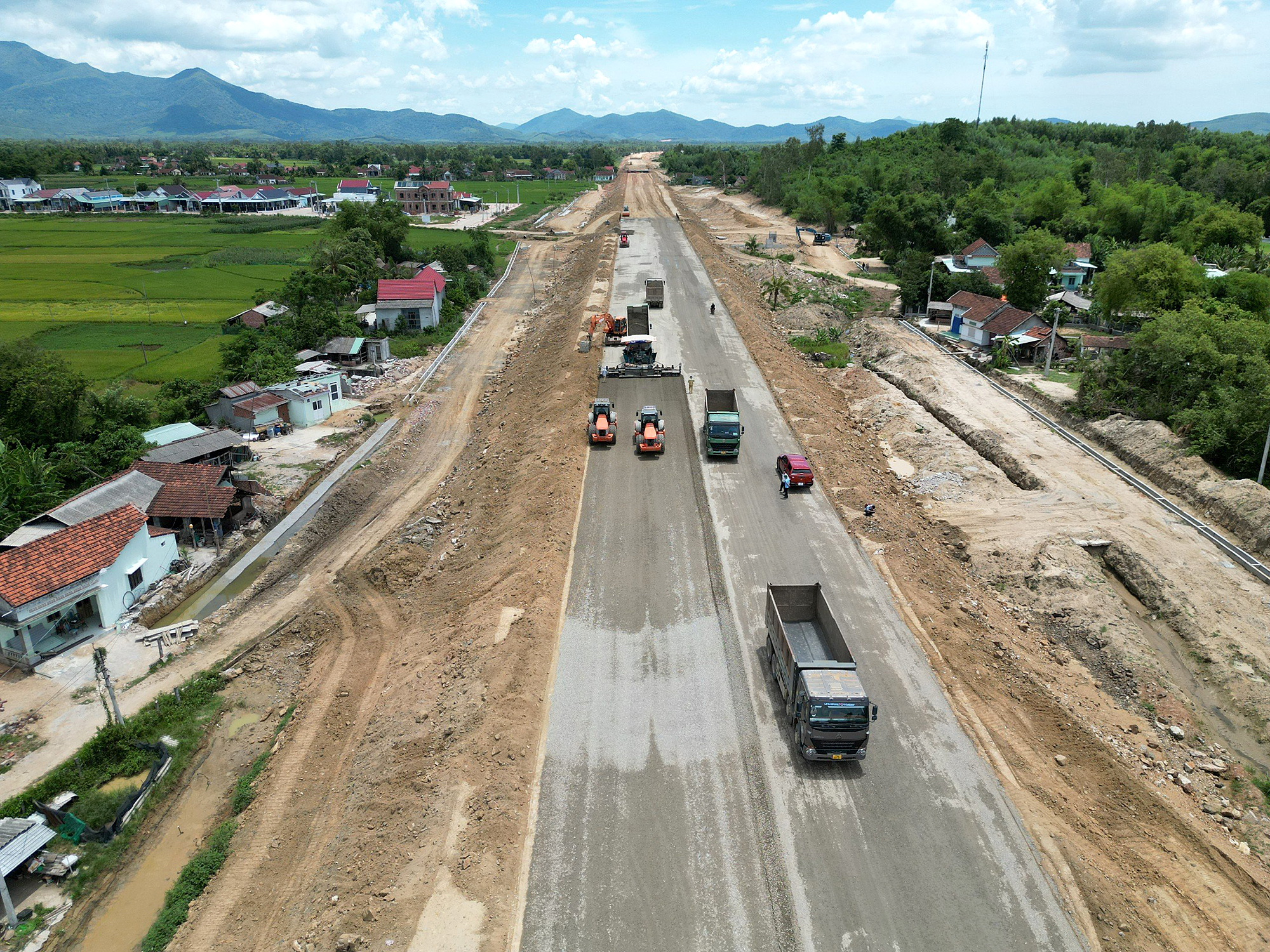
According to experts, in the context of budget difficulties, research on the establishment of an Infrastructure Development Fund is very necessary. (In photo: Construction of the North-South Expressway Phase 2 through Binh Dinh Province).
The project needs to consult with experts, professional associations and those who will be directly affected by the fund. The process of researching experience and building the project needs to be analyzed and evaluated to come up with a formula that is suitable for the practical context of Vietnam. Avoid the situation where the fund is formed but the lending mechanism is too strict, making it impossible for investors to access.
"From personal research and received information, I think we can study the infrastructure development fund model of Korea. In this country, the fund operates publicly and is mainly mobilized from the people.
Vietnam can also learn from that experience, building a mobilization mechanism with more attractive interest rates than bank deposit interest rates. Depending on actual conditions, resources for the fund can also be mobilized from large fund organizations or large enterprises and corporations," Mr. Chung suggested.
Meanwhile, according to Dr. Le Xuan Nghia, most developing countries apply the model of developing transport infrastructure through the national development bank: "Like China, they are very successful with this model. The national development bank will carry out the tasks of investing, building, and reconstructing transport infrastructure."
Lots of international experience
Citing international experience, Mr. Khuat Viet Hung said that many countries in the process of developing transport infrastructure have established infrastructure development funds with revenue mainly coming from the infrastructure invested from the State budget, or investment from the fund.
Typically, in the United States, the Highway Trust Fund (HTF) was established by the United States government in 1956 to ensure a stable source of funding from the federal government for the construction of the interstate highway system.
The HTF consists of two accounts: the Roads Account, which is primarily for the construction and maintenance of roads and bridges, and the Public Transport Account, which is used to spend on buses, rail, subways, ferries and other modes of public transport.
Although the ground transportation infrastructure (roads and rail) in the United States is mainly invested from local budgets (state and county governments, cities, etc.), funding from the HTF is often prioritized for national key projects (for example, 96% of total federal budget expenditures are for federal highway investment projects).
The main source of revenue for the HTF is from the gasoline excise tax (in 2022, the total revenue from the gasoline excise tax was 40 billion USD, accounting for 83% of the total expenditure of the HTF). The remainder is supplemented from the federal budget from the general fund of the Ministry of Finance.
Another example is in Thailand, where investment resources for infrastructure development in general and Thailand's transport infrastructure in particular are mobilized quite effectively through the Infrastructure Fund (IFF) model according to the regulations and mechanisms issued by the National Securities Commission.
The IFF model serves as a vehicle to promote Thailand’s infrastructure development, providing opportunities for government agencies and private entities to engage in infrastructure business, raising capital from investors through income-generating projects. The proceeds will be capitalized to develop new projects, reducing the financial burden and public debt.
The Thai government does not directly invest the budget but sponsors this model through preferential tax policies: Exemption from dividend tax for ordinary individuals within 10 years from the date of fund registration; Exemption from value-added tax (VAT)/Specific business tax (SBT)/Stamp tax for asset transfer transactions for infrastructure funds; Deduction of fees, land use tax, etc.
In India, the National Infrastructure Fund (NIIF) was set up by the government to attract investment in infrastructure development in the country.
NIIF is responsible for managing a total committed investment capital of up to USD 5 billion, allocated into 4 different groups with separate investment strategies to serve the long-term development of the Indian economy.
The Indian government has committed to provide billions of dollars worth of capital, equivalent to 49% of the total capital of all four funds under NIIF. The remaining 51% will be structured by NIIF from global investors such as the National Investment Fund (ADIA), Australian Super, Asian Infrastructure Investment Bank (AIIB)...
Meanwhile, in South Africa, the Infrastructure Fund (IF) is managed by the Infrastructure Development Agency of South Africa (ISA) and operated by the Development Bank of Southern Africa (DBSA) through a unit within DBSA but operates completely independently.
The IF is responsible for managing a range of financial instruments to finance infrastructure development projects in South Africa. This not only helps to provide a positive impetus for infrastructure and economic development investment, but also builds trust between Government and business, increasing private sector investment in infrastructure development.
In Saudi Arabia, the country has the National Infrastructure Fund (INFRA) chaired by Minister of Planning and Investment Faisal Alibrahim.
INFRA plays a vital role in developing the country's infrastructure by promoting private investment, thereby accelerating the completion of key infrastructure projects in Saudi Arabia's economic and social transformation.
PV Group
Source: https://www.baogiaothong.vn/quy-phat-trien-ha-tang-huy-dong-cach-nao-192240729222537331.htm



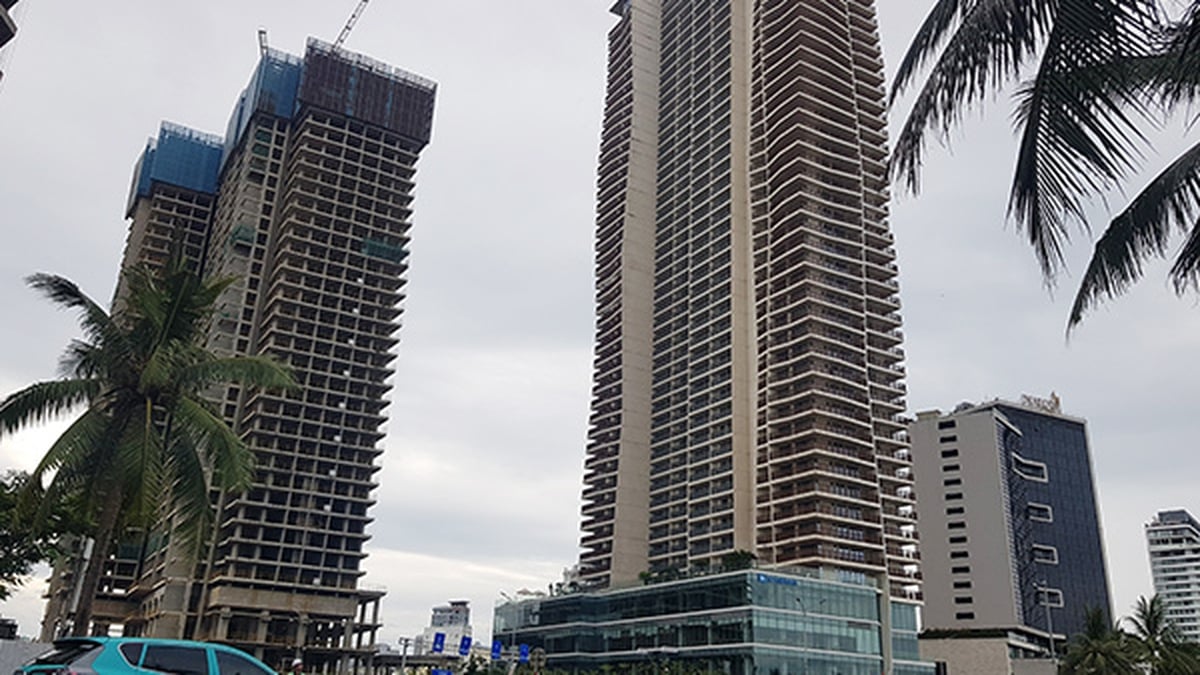
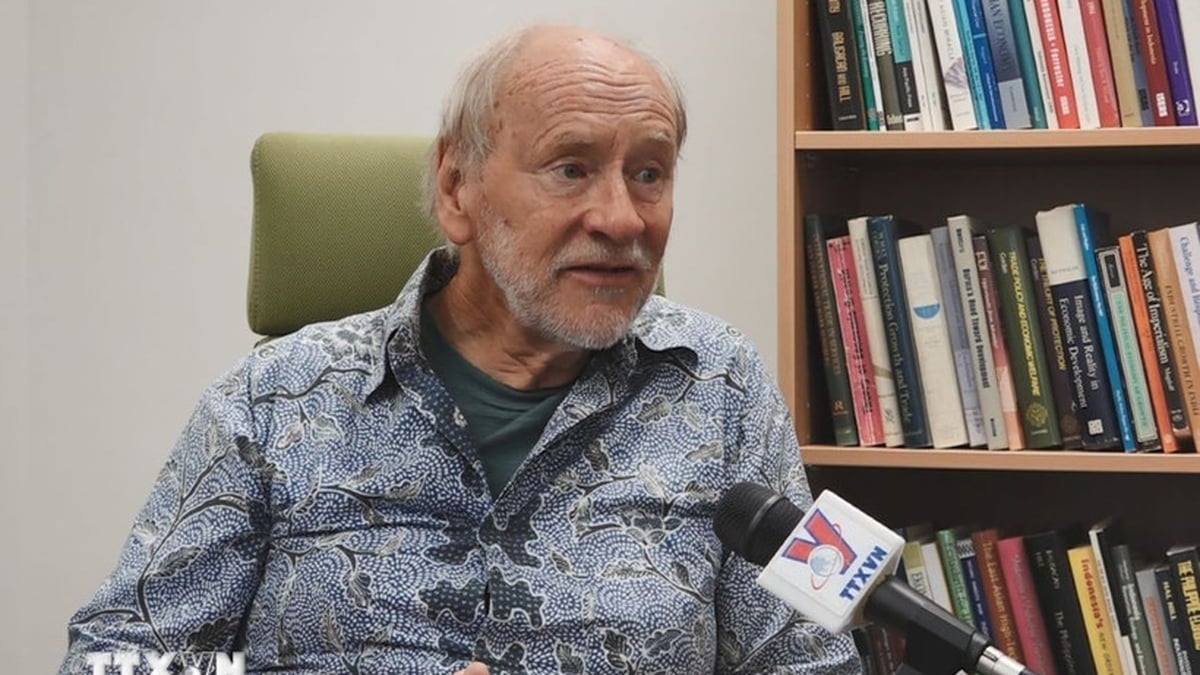
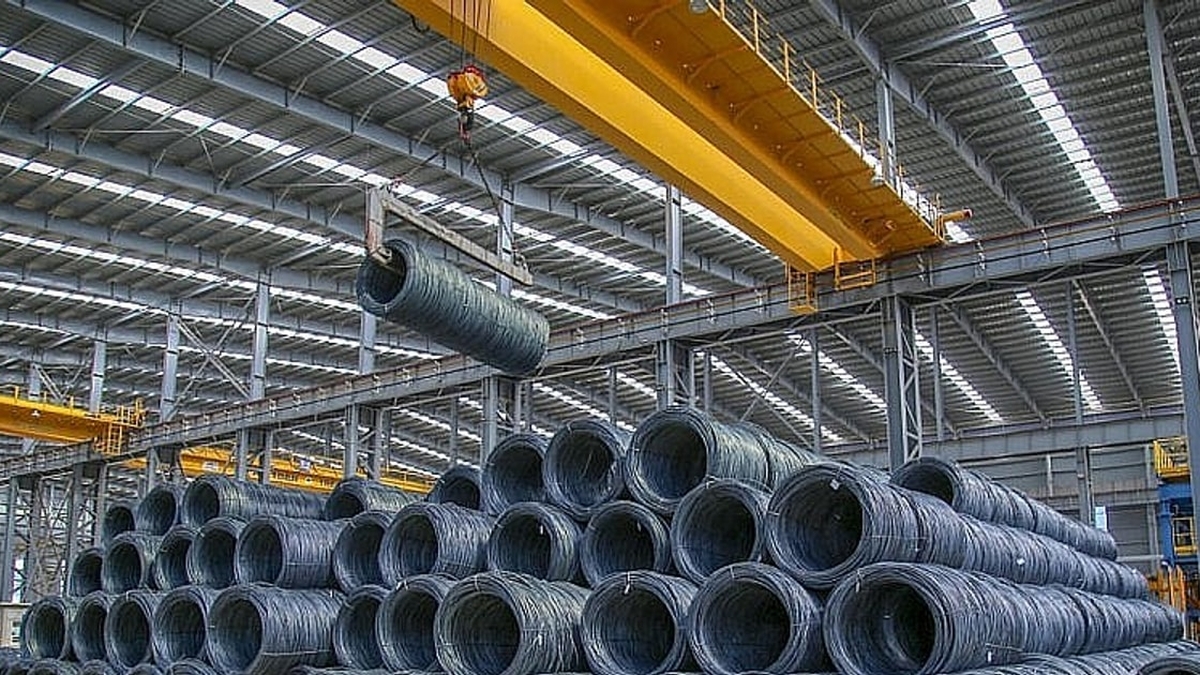

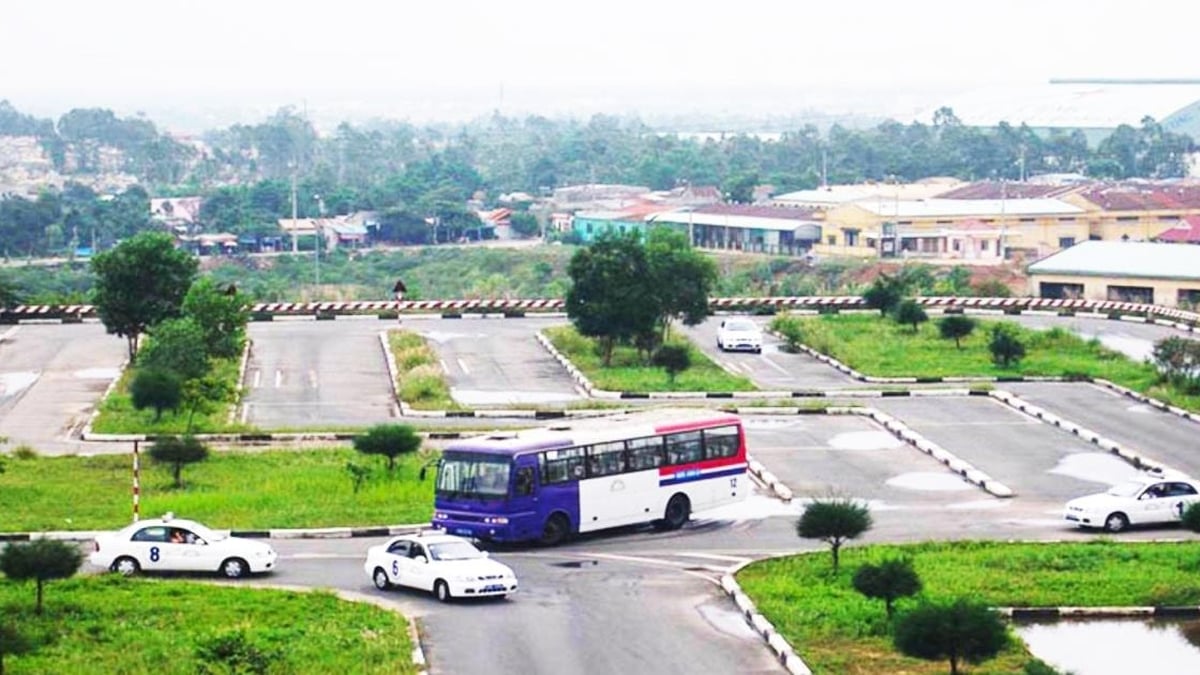
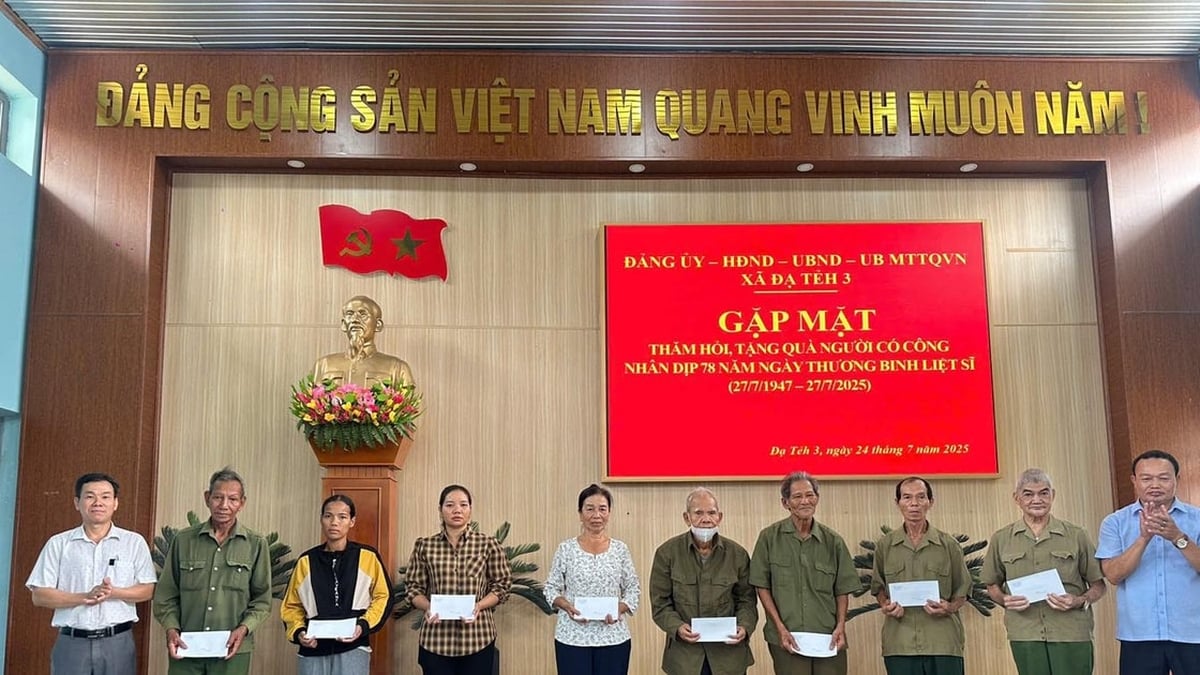
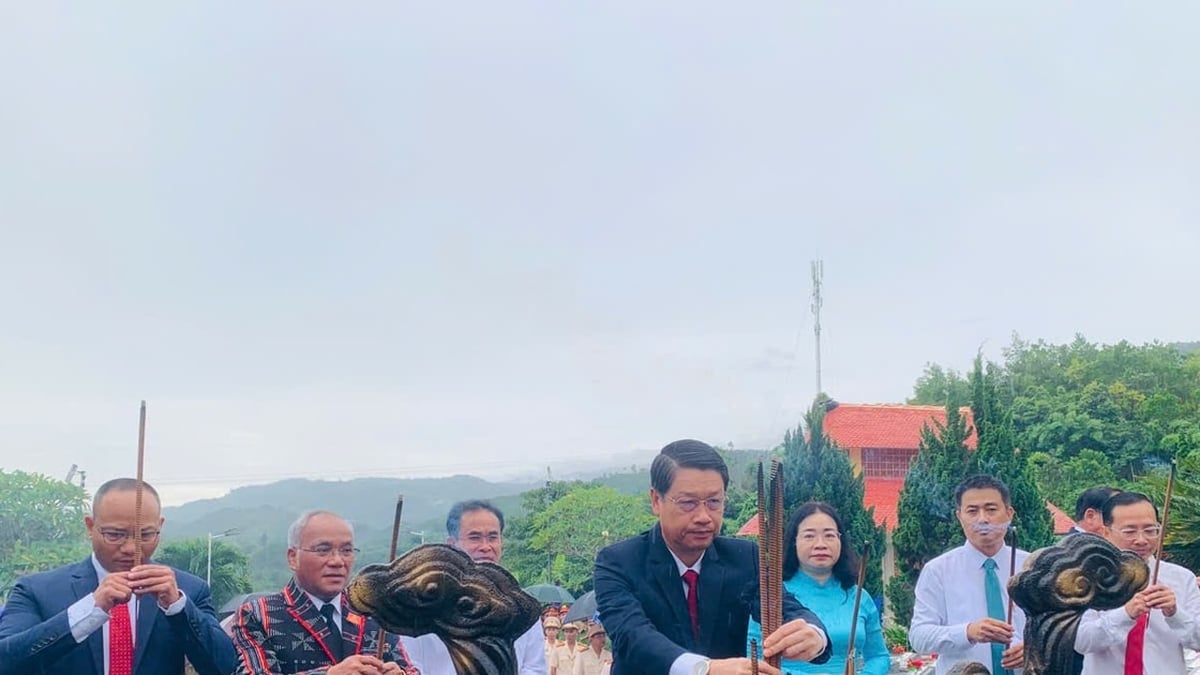
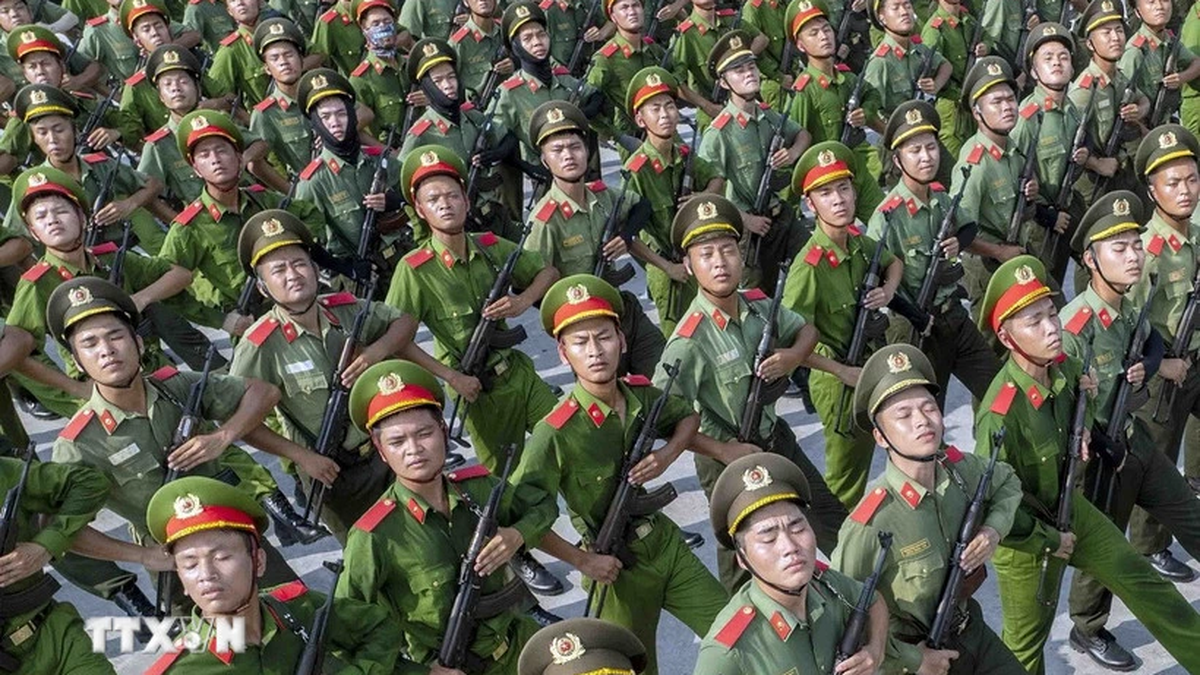
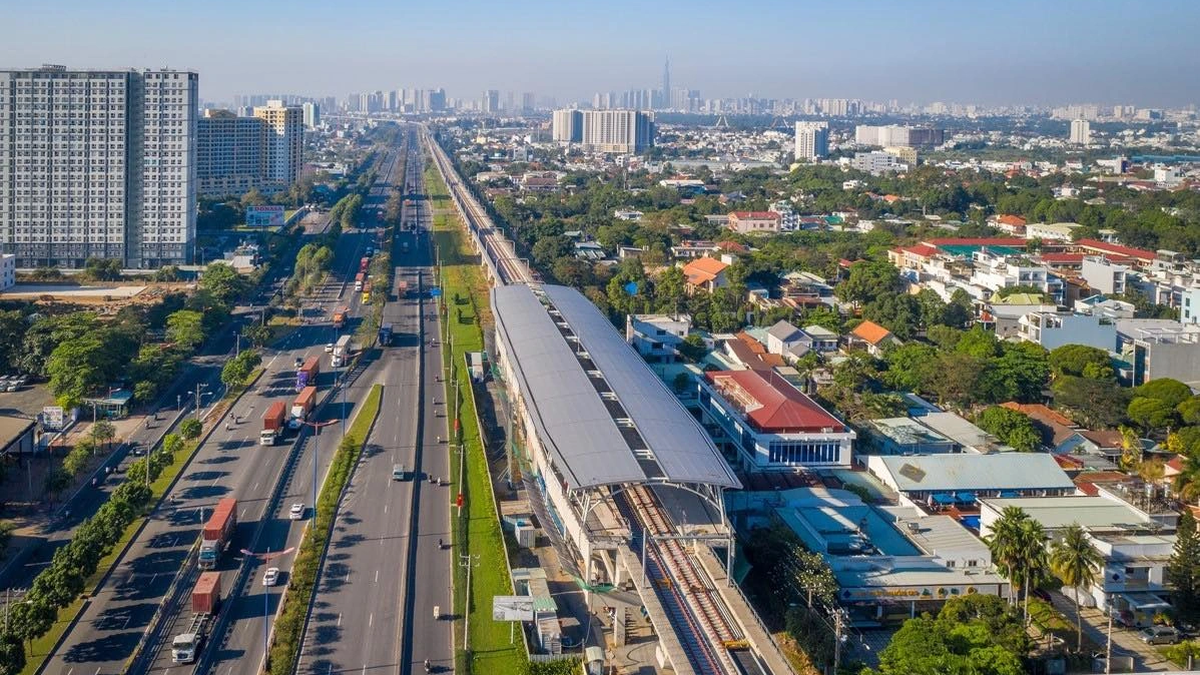
















![[Photo] Signing of cooperation between ministries, branches and localities of Vietnam and Senegal](https://vphoto.vietnam.vn/thumb/1200x675/vietnam/resource/IMAGE/2025/7/24/6147c654b0ae4f2793188e982e272651)



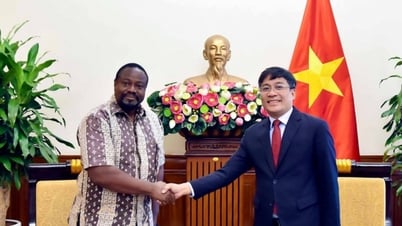

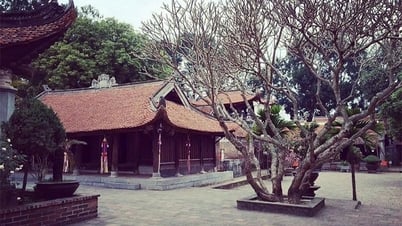







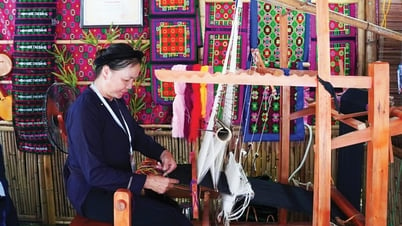

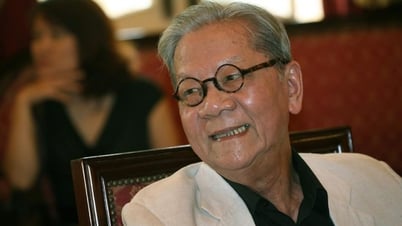



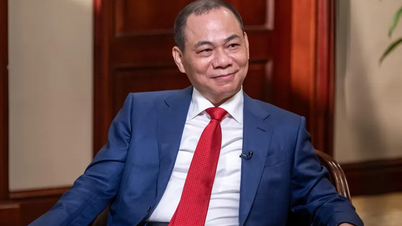






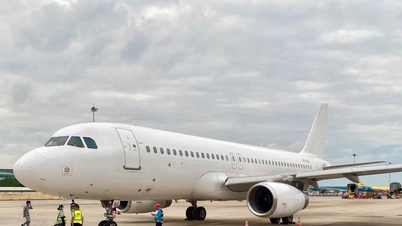


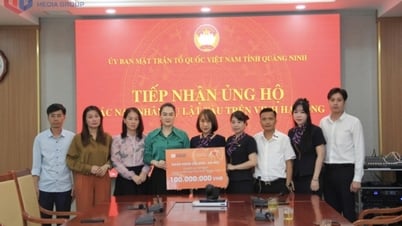





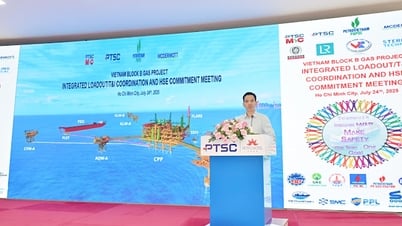



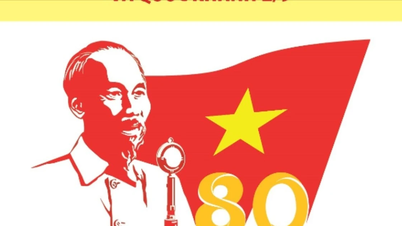
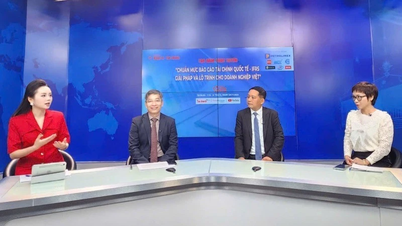
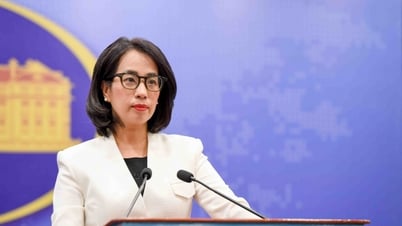




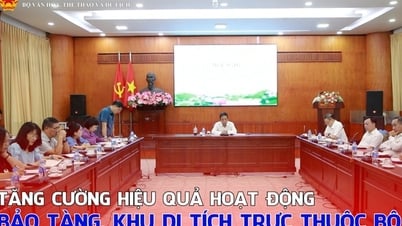
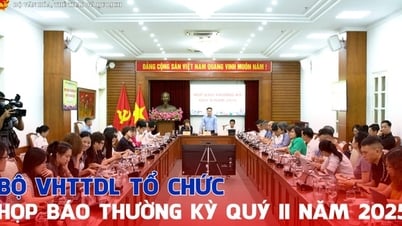
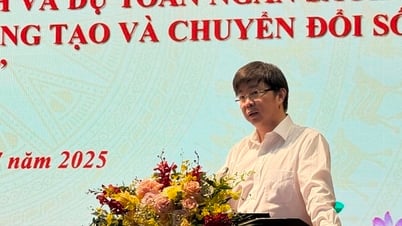

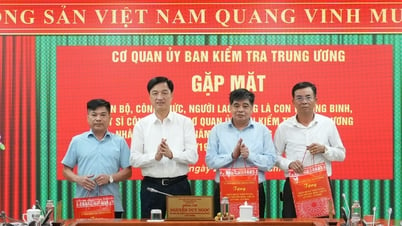












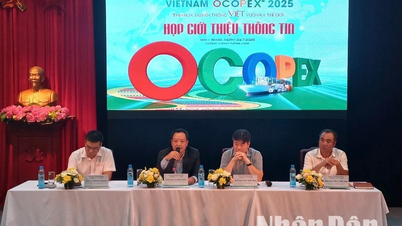
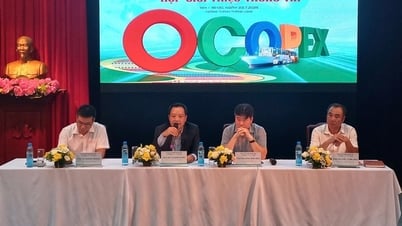










Comment (0)